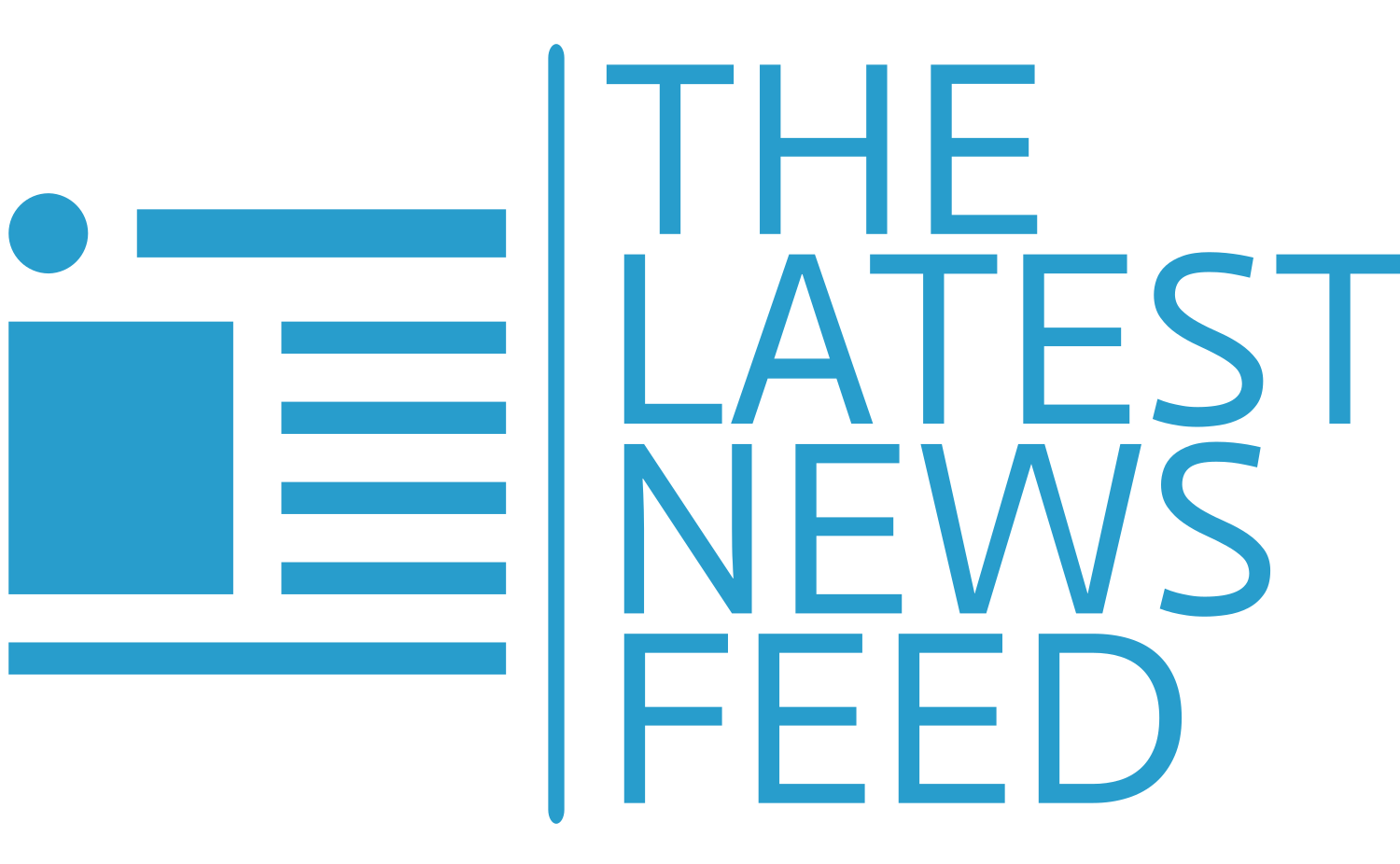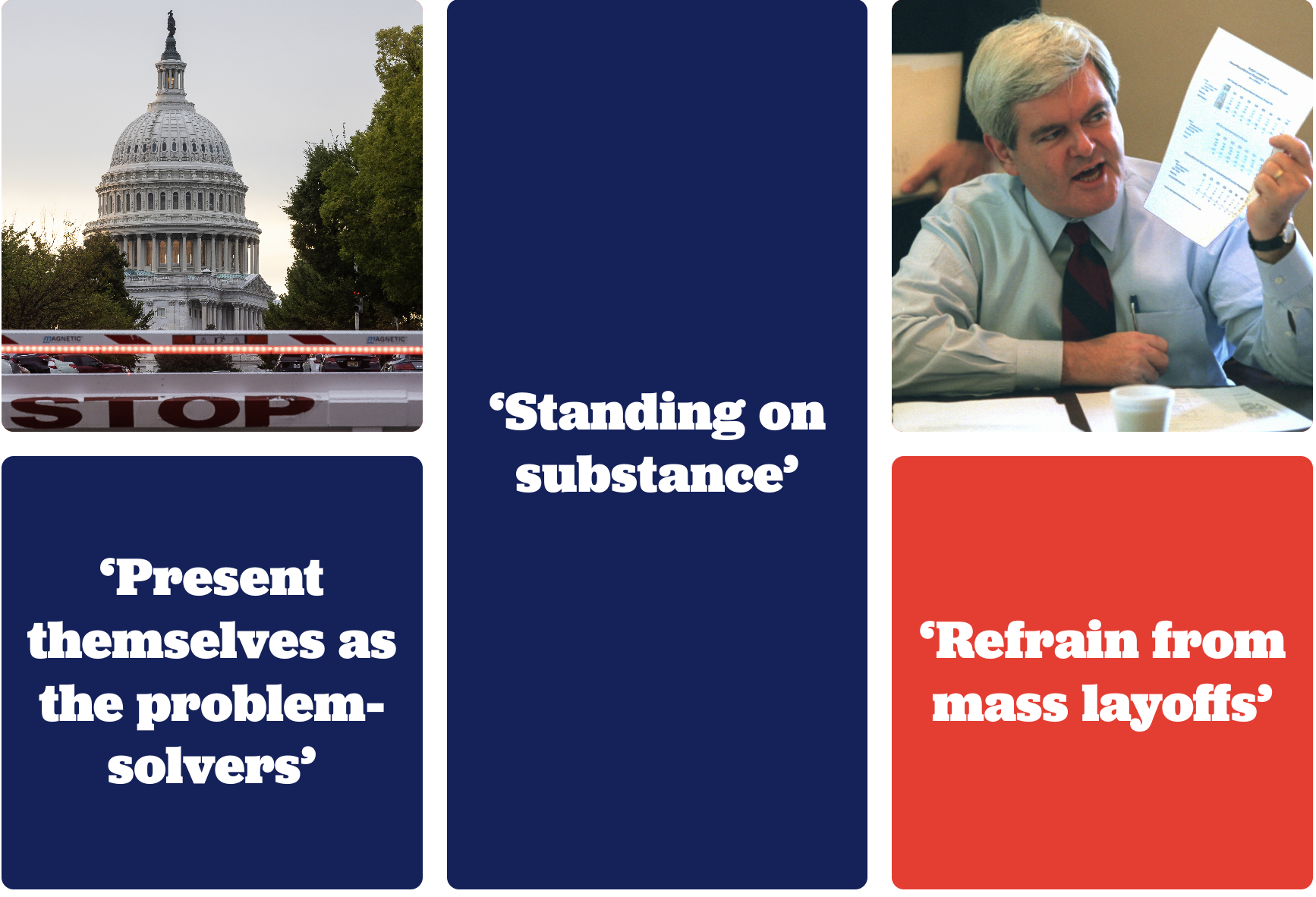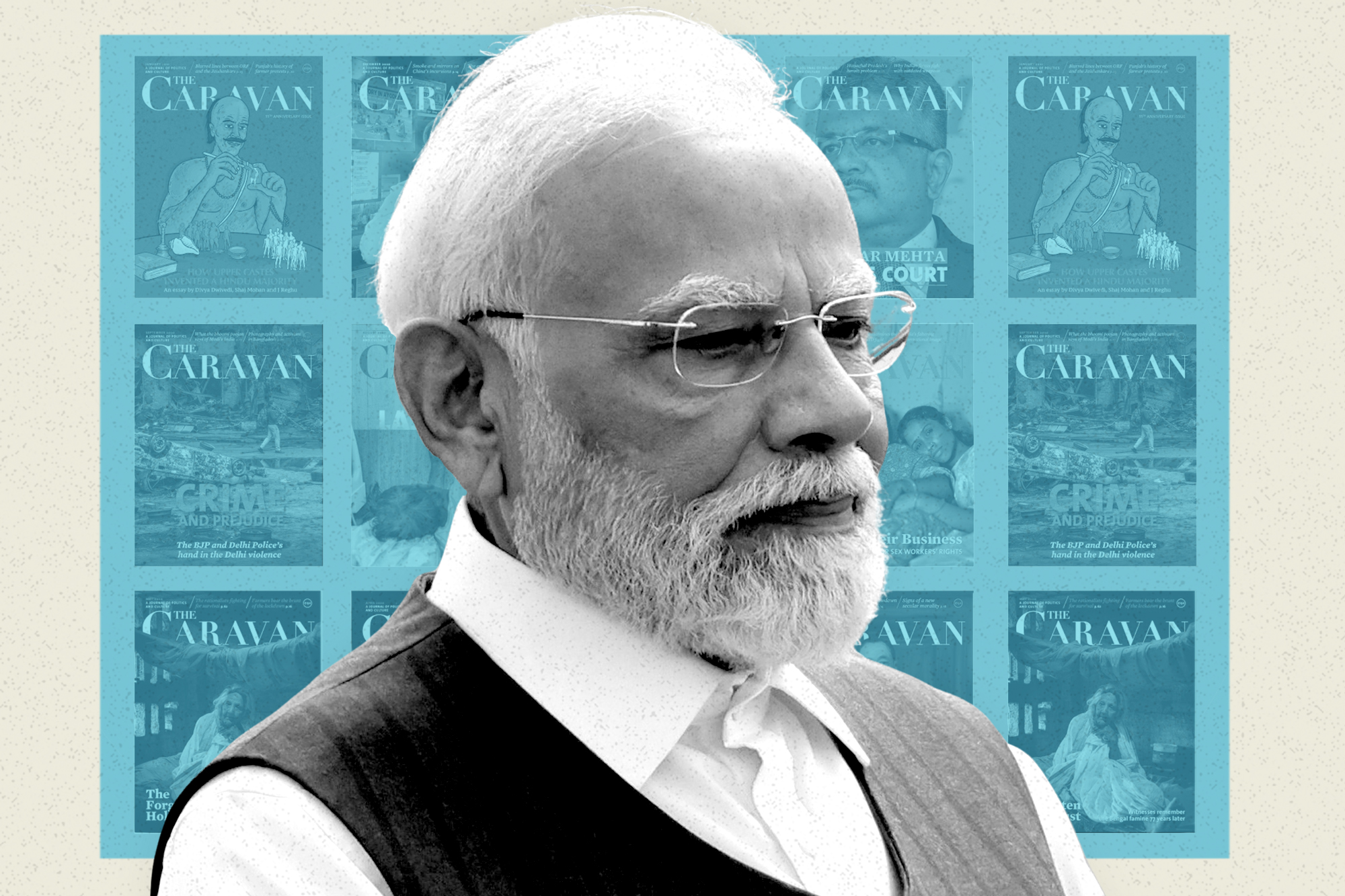Using a government shutdown as a political bargaining tactic was popularized in 1995 by former House Speaker Newt Gingrich, and conventional wisdom holds that it backfired on his party. So ever since, a question has loomed over every other discussion of whether a political party should use it: How do you “win” a shutdown?
It’s not as easy a question as it seems. Is winning measured by whether your party improves in public opinion polls? Do you win by chalking up election victories? Do you win by actually putting in place the policies you demand?
We’re already on day three of the latest standoff over whether and how to fund the federal government, and there’s no clear endgame in sight. So we asked six veterans of previous shutdown battles to tackle that central question — not so much who wins, but how do you win?
Here’s what they said.
‘The party that looks focused on governing — not scoring political points — will win’
BY THOMAS KAHN
Thomas Kahn is a distinguished faculty fellow at American University and was staff director of the House Budget Committee during the 2013 shutdown.
Having gone through several government shutdowns at the House Budget Committee, I learned they are always fraught with political risks for both parties. To win, Democrats must show they are fighting for working Americans by protecting their health care coverage. And they must avoid being blamed for the shutdown or playing politics at the expense of the American people.
There are three specific suggestions I would offer Democrats. They must maintain unwavering message discipline. That means making the case constantly that this shutdown is the direct result of Republicans refusing to address the health care crisis about to hit millions of families. Instead, they should argue, Republicans are determined to protect the $4 trillion in tax cuts they just passed, which disproportionately benefit the wealthy. And instead of negotiating in good faith, House Republicans are back in their districts on vacation, while Democrats remain at the Capitol ready to talk. That contrast in priorities tells voters everything they need to know about which party is on their side.
Second, Democrats must highlight the real-world consequences of this standoff. Stay away from procedural explanations and keep people front and center. Unless Congress acts, 15 million Americans will lose health care coverage thanks to Republican cuts to Medicaid and the Affordable Care Act. Premiums will spike by an average of $1,000 for 22 million Americans, and a family of four earning $125,000 could see its premiums rise by nearly $8,000. These are not abstract numbers — they represent families struggling with real costs while Washington Republicans play political games. By putting faces and stories to these consequences, Democrats can drive home what’s really at stake.
Finally, Democrats should present themselves as the problem-solvers offering a reasonable path forward: negotiate, compromise and reopen government. By keeping their demands measured and practical, Democrats can contrast their constructive approach with Republican extremism. If they maintain focused discipline in messaging and consistently stress their willingness to strike a fair deal, public opinion is more likely to side with them. In the end, the party that looks focused on governing — not scoring political points — will win the shutdown fight. That was the lesson of 1995 and 2013. This time, Democrats should make sure voters know exactly who is putting politics ahead of the American people.
‘The side that is making the big demands never wins’
BY RICH MEADE
Rich Meade is chair of Prime Policy Group and was legislative director for Rep. Jim Nussle during the 1995-96 government shutdowns.
I have been involved with government shutdowns inside and outside of Congress dating back to 1995, when I was the legislative director for then-Congressman Jim Nussle, who was at the time part of House Speaker Newt Gingrich’s leadership team.
My experience has been that to win a government shutdown, you have to do the more effective job of blaming the other side for the shutdown. Winning the PR battle is the key to ultimately winning the fight over the shutdown. My experience has also been that the side that is making the big demands in these shutdown showdowns never wins.
Think back to the demand of Republicans to significantly cut back funding for education and the environment in 1995-1996, or the Republican demand to defund the Affordable Care Act, or to build a wall. None of the demands were ever met, and those making the demands were blamed for the shutdown.
Current polling suggests both sides are taking the blame for this current shutdown, but if Donald Trump and the Republicans can successfully blame Democratic Minority Leader Chuck Schumer for making unreasonable demands to extend tax credits for the Affordable Care Act, they can win this fight and force enough Democrats to vote for a clean continuing resolution. Schumer’s approval ratings are lower than the president’s right now, so Republicans do have an opportunity to beat him over this by making claims the credits are not being wisely used currently.
The winner needs to show ‘the public knows you have their back, and they have yours’
BY GENE SPERLING
Gene Sperling was a top White House economic adviser to President Bill Clinton and Barack Obama during the 1995 and 2013 government shutdowns.
A lot can be learned about winning a government shutdown from three key aspects that defined President Bill Clinton’s outdueling of then-House Speaker Newt Gingrich in the budget shutdowns of 1995. The first and most important is establishing that behind the budget process battles, you are the side standing on substance for everyday working Americans. Two, that you have been the least extreme and the most serious about finding a solution. Finally, that you gain the negotiating momentum by showing to your opponent that the public knows you have their back, and they have yours.
In 1995, Clinton won all three tests. The public understood that Clinton was standing up for them by defending Medicare and Medicaid from dramatic cuts. Voters also believed that while Clinton was willing to let the government shut down twice, he was the one seeking a reasonable deal on fiscal discipline while the GOP was shutting down the government on extreme measures like block granting Medicaid. Finally, when the shutdown happened, the public took Clinton’s side, giving Democratic members in Congress assurance that he was both standing for them and adroit at his tactical strategies. On the other hand, as Republicans could see support drifting away, they became divided and miffed that Gingrich had wrongly predicted Clinton would fold and lacked a Plan B off-ramp.
It is still too early to predict how this shutdown battle will play out, but at this point Democrats certainly have the potential to emerge successful on this three-part test. On substance, the Democratic leadership has been disciplined on narrowing the singular substantive issue at stake to the health costs of working Americans. Democrats can rightly explain that the GOP made it an explicit priority to extend all expiring tax cuts — even for the wealthiest — but then made a specific decision to allow taxes to go up only on the health care of 22 million Americans in working families. While the Republicans are claiming that Democrats are throwing in long-term wish lists as the price of keeping the government open, Democrats can rightly claim they are only seeking to correct 4-month-old policies passed in just this budget cycle. And while it may be too early to tell which side is winning the public opinion battle, Democrats can count on the fairness of their demands becoming only starker on Nov. 1, when millions of Americans — and the media — will specifically learn precisely how many thousands of dollars premium costs will rise for millions and millions of working Americans.
The difficult but achievable challenge for Democrats is navigating the balance between standing strong on Trump’s selective tax increase on middle-class health care costs while ensuring their demands are crisp, clear-cut and not be seen as overreaching. Trump has helped their cause with childish AI videos along with mass firing threats — not exactly a display of reasonable, serious leadership in the face of a government shut down. But the Democratic leadership may still need to even further tighten their message to make it impenetrable to Republican efforts to blur and mislead. This may mean zeroing in even more on the GOP’s selective tax increase on health care premiums as opposed to the full range of deep health care cuts in the GOP reconciliation bill. Realistically, the most promising path for reversing Trump’s cruel Medicaid and SNAP cuts is to focus now on a clear cut battle over health care premium costs that will help Democrats gain more legislative power in the mid-term election. Democrats will also need to sharpen their demands to limit the abuse of congressional spending powers and calls to halt Trump’s unchecked and abusive power to impose harm on ordinary Americans (e.g., by canceling cancer trials) and not to get lost on budget terms like “pocket recissions.”
‘Don’t let the drama become a trauma’
BY MICHAEL RICCI
Michael Ricci is a partner at Seven Letter and was deputy communications director for House Speaker John Boehner during the 2013 shutdown.
First, you must keep from losing. These battles are lost through self-inflicted wounds sooner than they’re won through any strategic brilliance. So: maintain message discipline, give members things to say and do, keep coalitions onside, project steady body language, scan the calendar for landmines. Think of everything.
Second, “winning” is often less about what you get and more about what you deny the other side. Reframing the narrative around that and making it sellable to members, believable to the base and plausible to the media is a win unto itself.
Third, while I am inclined to say “don’t do it again” and leave it at that, you also win by setting the stage for the next fight. Don’t let the drama become a trauma. Parties that treat these moments as iterative, that build institutional memory and tactical sophistication from each round, position themselves well for the next one. The losers are the ones who want it to be over and learn nothing.
‘[Democrats] still might get the public on their side’
BY JIM MANLEY
Jim Manley is a 21-year veteran of the U.S. Senate who worked as a spokesperson for Sen. Ted Kennedy during the 1995-96 government shutdowns.
Not sure if anyone ever “wins” shutdown fights, but given the fact that Republicans hold all the levers of power in Washington right now, as far as I am concerned, working toward a draw would be just fine.
Sometimes in politics, you just have to play the cards you have been dealt, and unfortunately, I think that this is one of those times. Shutdown fights always make me nervous, but Republicans control both the Senate and the House, and of course the White House. If they wanted to pass something, they could have negotiated a deal with Democrats, but they didn’t. Throw in the fact that House and Senate Republicans could care less that the administration is illegally withholding congressionally authorized spending and it becomes crystal clear that if you think that you can work something out with Donald Trump, you need to get your head examined.
So while Democrats might not have any leverage in Congress, they still might get the public on their side. Trump apparently thinks that he can cut a large number of federal government jobs and voters won’t blame him. Put me down as skeptical. Trump and Office of the Management and Budget director Russell Vought are so eager to play nasty political games for their own political benefit that all of this could backfire on them because they overreached. Keep in mind that the president has relatively poor approval ratings, and many of his key policies are wildly unpopular.
‘Blame can literally be cast to everyone’
BY JIM DYER
Jim Dyer is a principal at DB3, the lobbying arm of Baker Donelson, and was staff director of the House Appropriations Committee during the 1995-96 government shutdowns.
It’s already possible to come to a few conclusions about the impact, length and responsibility for shutting down the government.
One is that these shutdowns have a negative impact on governance and that a duration of even one day is too long. We can also conclude that blame can literally be cast to everyone — on a White House that demeaned the negotiations and the negotiators, on a congressional leadership more at odds with each other than they are committed to fixing the problem, and finally, on the near total collapse of the budget and appropriations process that has served the country so well for so long. Inadequate budgets from the Office of Management and Budget and mass layoffs of federal workers of questionable legality have not helped here.
But I am less interested in the blame game than I am in solving the problem. Here’s how to do that.
First, I would ask the White House to refrain from mass layoffs and mass dislocations of the federal workforce while negotiations are pending. Also let’s not rescind any more previously appropriated funds.
Second, let’s address the bottom-line cause, which is the future of a series of health care programs impacted by the One Big Beautiful Bill Act. I would create an ad hoc committee of the chair and ranking members of the House Ways and Means and Senate Finance committees along with members with responsibility for health care issues to specifically come up with a resolution of the health care issues. They are not appropriations issues.
Third, let’s reinvigorate the appropriations process. It’s noteworthy that none of the issues in contention are issues normally handled through the regular appropriations process, which members use to set funding levels for government departments and agencies. But the appropriations process provides a good pathway to prevent these standoffs going forward. Give the appropriators until Thanksgiving to finish all the FY26 bills.
Finally, I would ask the joint leadership to start letting the appropriators do their jobs. Once upon a time in Congress, a CR was an admission or failure. Today it is a lifeline to be clung to and cherished. The full year CR for FY‘25 was a colossal mistake. Don’t repeat it.
Let the issue of blame yield to the virtue of taking credit. And restart the government with a simple date change while all this is going on.




